December 2015 Update: Read my post, which I wrote in a time of innocence, before a Dallas food blogger and Vanity Fair systematically deconstructed / debunked the story of Mast Brothers chocolate based on the taste and techniques they said they were using vs. the volume they were producing.
A short walk from the L train Bedford Street stop in Brooklyn’s strikingly hip Williamsburg area, you arrive at Mast Brothers‘ small chocolate making “factory.” Meeting their growers and giving tours of their bean-to-bar operation jazzes these two brothers: Rick, a chef and Michael, a film maker.
I had no idea what to expect, and this visit proved how delightful it is when an experience exceeds anything you could have imagined:
1) Rather than drum roasters, they use small convection ovens and roast the organic beans on trays the size of a home cookie sheet. “We can do true roasting profiles and have so much more control over a drum roaster. Everyone here has a master palate. We know it’s ready by taste.”bea
2) An aerospace engineer friend designed and patented a winnowing machine that uses air to remove hulls and grind the beans into nibs. (This clever device has no hallmarks of Rube Goldberg.)
3) A domestic company builds their chocolate-making machines, powered by granite wheels. Their basic chocolate consists simply of cacao beans and organic sugar. Other inclusions like almonds 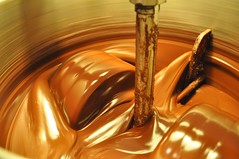 come from producers they know personally. The granite wheels macerate and smooth the roasted beans and sugar for several days. With a twist of a knob, they increase pressure to make the chocolate smoother and smoother. When the chocolate is ready–all determined by taste–It sits for 30 days in metal bins to “age,” which is a new-school chocolate-making method popularized by fellow chocolate maker Steve DeVries.
come from producers they know personally. The granite wheels macerate and smooth the roasted beans and sugar for several days. With a twist of a knob, they increase pressure to make the chocolate smoother and smoother. When the chocolate is ready–all determined by taste–It sits for 30 days in metal bins to “age,” which is a new-school chocolate-making method popularized by fellow chocolate maker Steve DeVries.
4) Each bar is hand wrapped, with friends coming in during the busy season to lend a hand. In the air-conditioned bar wrapping room, which I imagine makes this the coveted job during summer, photos of the superstar fast wrappers plaster the wall. First gold foil wraps around the freshly molded chocolate bars, then a fancy gift-paper like wrapper, designed by Mast Brothers and printed by Prestone Press in Long Island City. They keep a keg filled with local beer on hand for the chocolate makers (which are all of the employees) to enjoy. “It’s the buddy system,” they explain when I asked if the brewery supplies beer is in trade for chocolate.
5) Next, The Secret Room. Just kidding. They specifically point out they are a completely open door operation with nothing to hide. Although the Oompa Loompas were disguised as hip tattooed Brooklynites.
How to Import Cocoa Beans and Travel to Another Century in 14 Days
Everything Mast Brothers uses is organic and direct trade, purchased directly from producers. The only “certifications” they embrace and need are direct connections to growers. “We consider our growers family. We will also be the first buyers from a new Belize co-operative that our friends started,” says Rick.
They point to a stack of burlap sacks filled with cocoa beans, preparing to transport me to the 19th century. “We chartered a 70-foot schooner to pick 20 metric tons of beans up from the Dominican Republic,” Rick says. He explains the impetus for sailing is that there is nothing local about cocoa. “We figure why not limit our participation in the industrialization of food. The same people who grew the cacao from the La Red co-operative delivered the shipment to the boat.” They thanked their growers with an excellent price and ample beer.
THE MAIDEN VOYAGE from Mast Brothers Chocolate on Vimeo.
It took 14 days to get the bean-filled schooner back to Brooklyn, with only wind powering the boat. “We learned a lot just bringing it into the Brooklyn port. The city hadn’t played host to a schooner in decades. They were like ‘Why would you do that?'” Once it sunk in, the city agreed it was quite an awesome endeavor. At the port, they inspected the beans and found no problems–making Mast Brothers the first since 1939 to sail cargo into New York City! A few blocks later, the beans landed at Mast Brothers HQ. They aren’t sure if it cost more to transport the beans this way. Hey, lots of people might pay to take such an adventure. (Here’s more about the trip)
In the next couple of months, visitors and locals can enjoy an expanded chocolate making facility with a community center open to passersby to see first-hand how good chocolate is made. Farmer visits, chocolate history talks, and music complete the picture of a community space for the brothers. “Nothing substitutes for people coming in, meeting us, and seeing our place. We want to have a place where people walking by eating ice cream can pop in and discover how chocolate is made.” Good business is FUN.
It’s worth a trip off the beaten path to taste their chocolate where it’s made. “We make every wholesale order on demand. Nothing is sitting in a warehouse.” Visit 105 North 3rd Street (the Bedford L stop) and travel to another time and place to discover Mast Brothers chocolate bars, chips, tablets, cacao nibs, and soon, confections.
What’s next? After I told a beloved candy maker all about the Mast Brothers, she immediately felt a connection. I won’t give it away to them or anyone, but I see great things to come in East Coast confection collaborations through yet another synchronous food connection. Good food is good life!

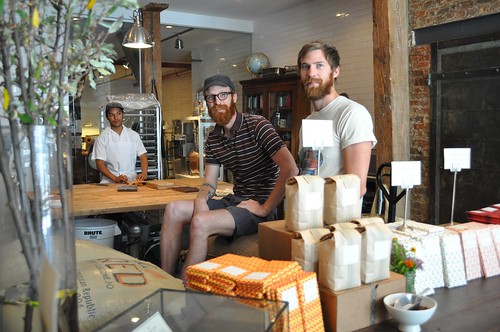
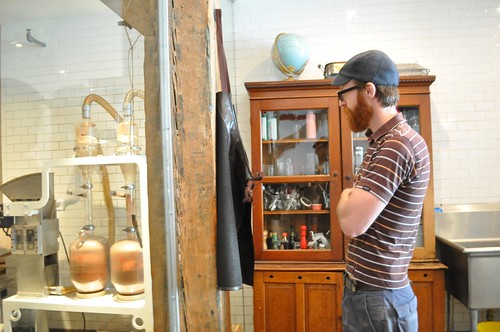
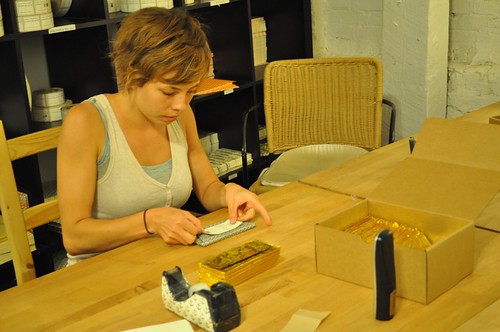
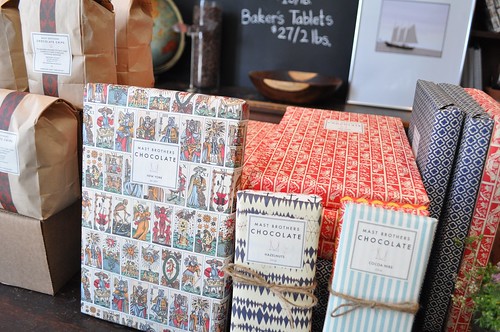

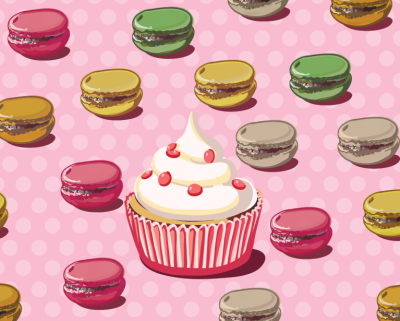
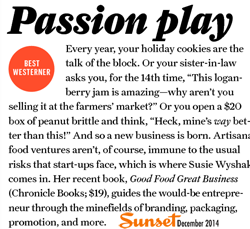

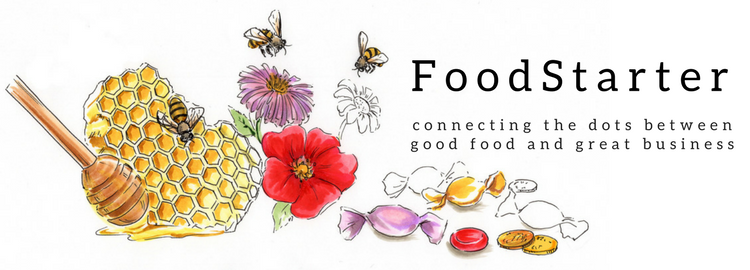

I’m in a chocolate dream